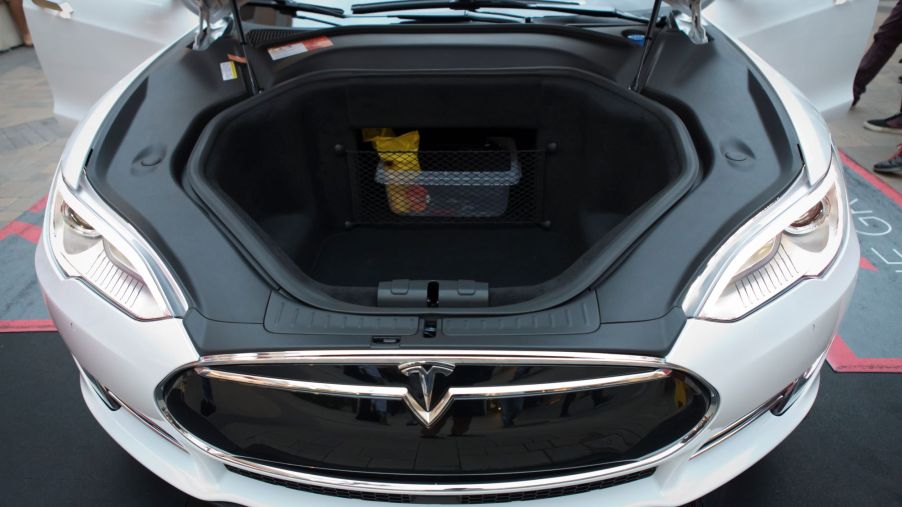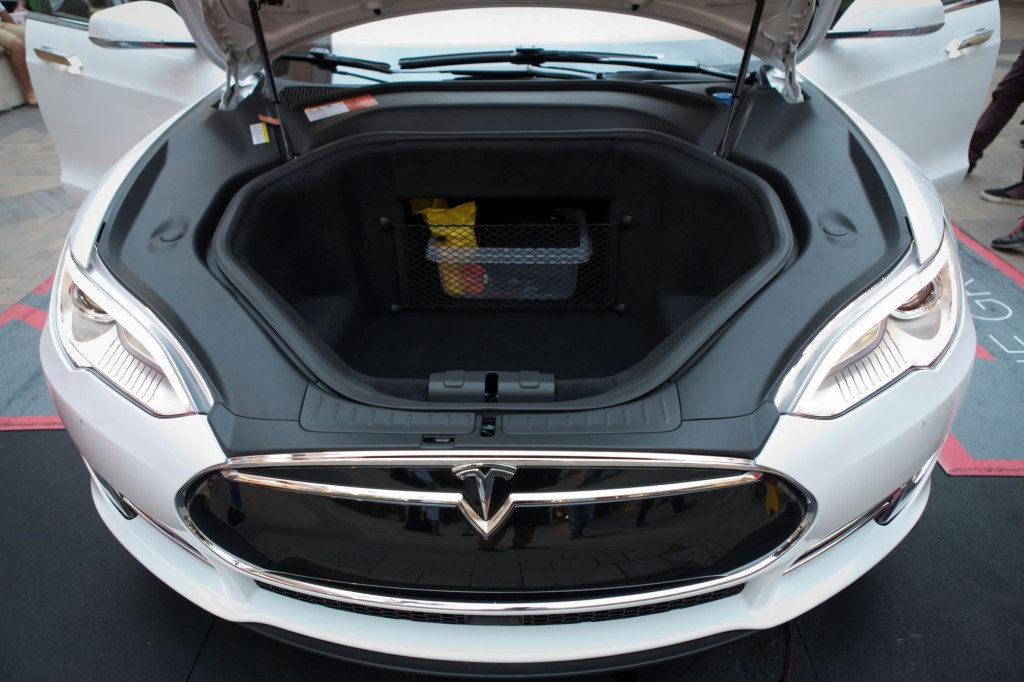
Do EVs Have Less Cargo Space Than Gas-Powered Cars?
EVs are more popular every year, and they will be the cars of the future. But, EVs aren’t flawless. One common complaint folks have about EVs is they don’t have much cargo capacity. Here’s a look at why EVs generally have less cargo space than gas-powered cars.
How much cargo capacity do EVs have?

Bigger segments will have bigger cargo capacities. Like the Tesla Model Y, electric SUVs are almost guaranteed to have more cargo capacity than smaller, compact EVs. The hard numbers back this up. With its rear seats folded down, the Model Y has a max cargo capacity of about 68 cubic feet.
Similarly, the Volkswagen ID.4 has just over 64 cubic feet of cargo capacity, with its rear seats folded down. Both electric SUVs are compact SUVs. Compared to gas-powered compact SUVs, the popular Model Y and ID.4 do actually fall behind in cargo capacity. However, the gap isn’t actually that massive.
For example, the Toyota RAV4 has just under 70 cubic feet of max cargo capacity. This puts the RAV4 at an arm’s length away from the Model Y’s max cargo capacity. Similarly, the Honda CR-V has almost 76 cubic feet of max cargo capacity. This is significantly more than the Model Y and ID.4. But, it’s still not a double-digit difference.
Why EVs seem to have less cargo capacity
As the Model Y demonstrates, EVs can have as much cargo capacity as many of their conventional peers, but EVs will still lose out to the best in the segment. Like Green Car Reports wrote, it’s a balancing act between a lot of factors. Batteries are heavy, and to get a good enough range, the car will need many batteries.
However, batteries aren’t cheap. To get the best value in an EV, automakers have focused on building smaller EVs. It’s no surprise that small EVs will have a small cargo capacity. Like Green Car Reports wrote, until cheaper batteries come along, automakers will need to find a good balance between all those things.
The batteries themselves have to take some blame. Batteries aren’t small in terms of dimensions. Due to that, cars with battery packs will tend to have less room than the same car without battery packs. That’s exactly why PHEV versions of a car will have less cargo capacity than the regular gas-powered version.
The frunk is nice, though
But, many EVs have some extra space to play with by taking out the gas or diesel engine. Many automakers have converted this extra space where the engine used to be into a trunk. However, since it’s on the front of the car, it’s called a frunk. This is not something every EV has, but many popular ones have this feature. The Ford F-150 Lightning will definitely have a frunk.
The frunk will add cargo capacity to a car without forcing people to fold their seats down. This will allow families to sit on every seat while also carrying around more stuff than usual. However, since the frunk is a relatively new idea, automakers have been playing around with it. For example, the F-150 Lightning’s frunk should be capable of doing some useful stuff, especially at tailgate parties.



